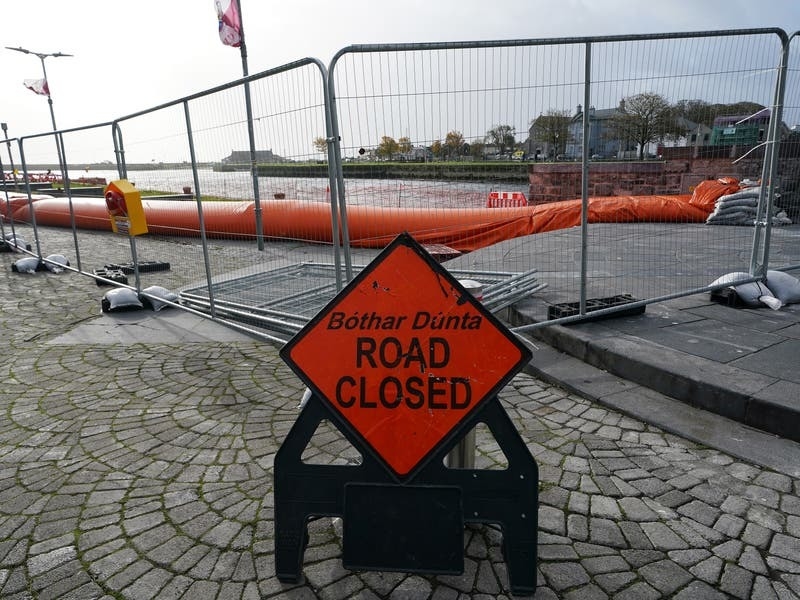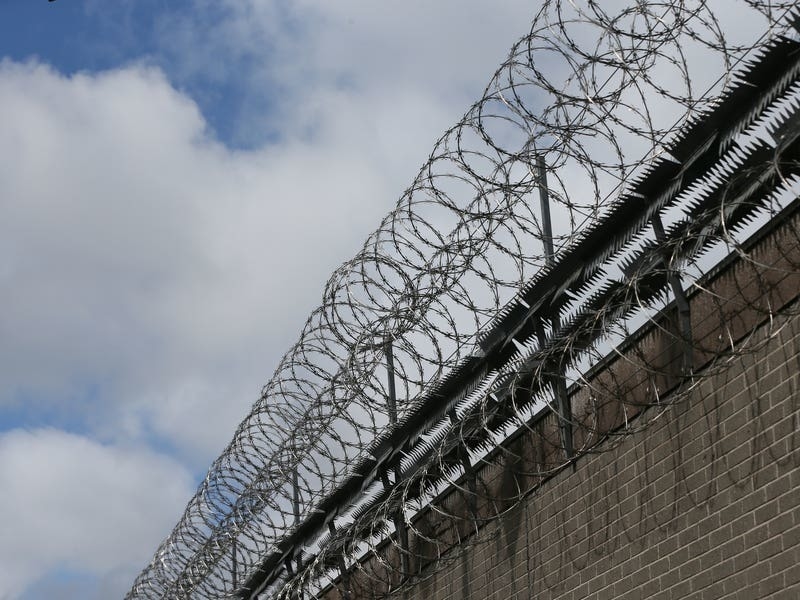Celebrations to mark the start of astronomical spring may have been cancelled due to the coronavirus outbreak, but those looking skyward from the confines of their homes may witness a celestial phenomenon.
Mars, Jupiter, Saturn and a crescent moon will appear very close to each other just before dawn in the southeastern sky on Friday – the day of the spring or vernal equinox.
Mercury will peek above the horizon but it will be very close to the Sun and as the month progresses, these planets will continue to come closer together.
Experts say it will be the earliest March equinox in 124 years, with the last one occurring in 1896.

“The upcoming equinox marks the start of astronomical spring, and historically keeping an eye on the motions of celestial objects was important for timekeeping.
“In turn, accurate astronomy was vital for farmers, seafarers, religious observations, and indeed anyone who wanted to keep track of things.”
Astronomical spring is different from meteorological spring, which commenced on March 1.
The Latin word equinox translates to “equal night”.
“Unfortunately, that’s not actually true, but as a general rule we’ll soon begin to notice that the days are longer and the nights are shorter as we head towards the summer months.”
While the precise moment of the upcoming equinox will occur when the Sun is below the horizon in the UK, Dr Bloomer said there are other events skygazers can look forward to in the evening.
Dr Bloomer said: “Venus is clearly visible towards the west – it will look like a really bright star – and as the Sun sets, the bright star Sirius is almost exactly due south.
“Close by, take the opportunity to have a look at the constellation Orion: as we move through astronomical spring, we’ll soon get to the point when it won’t be up during the night.”
Meanwhile, celebrations to mark the spring equinox at Stonehenge have been cancelled by English Heritage, which manages the site, following Government advice on Covid-19, a disease caused by the new coronavirus.






